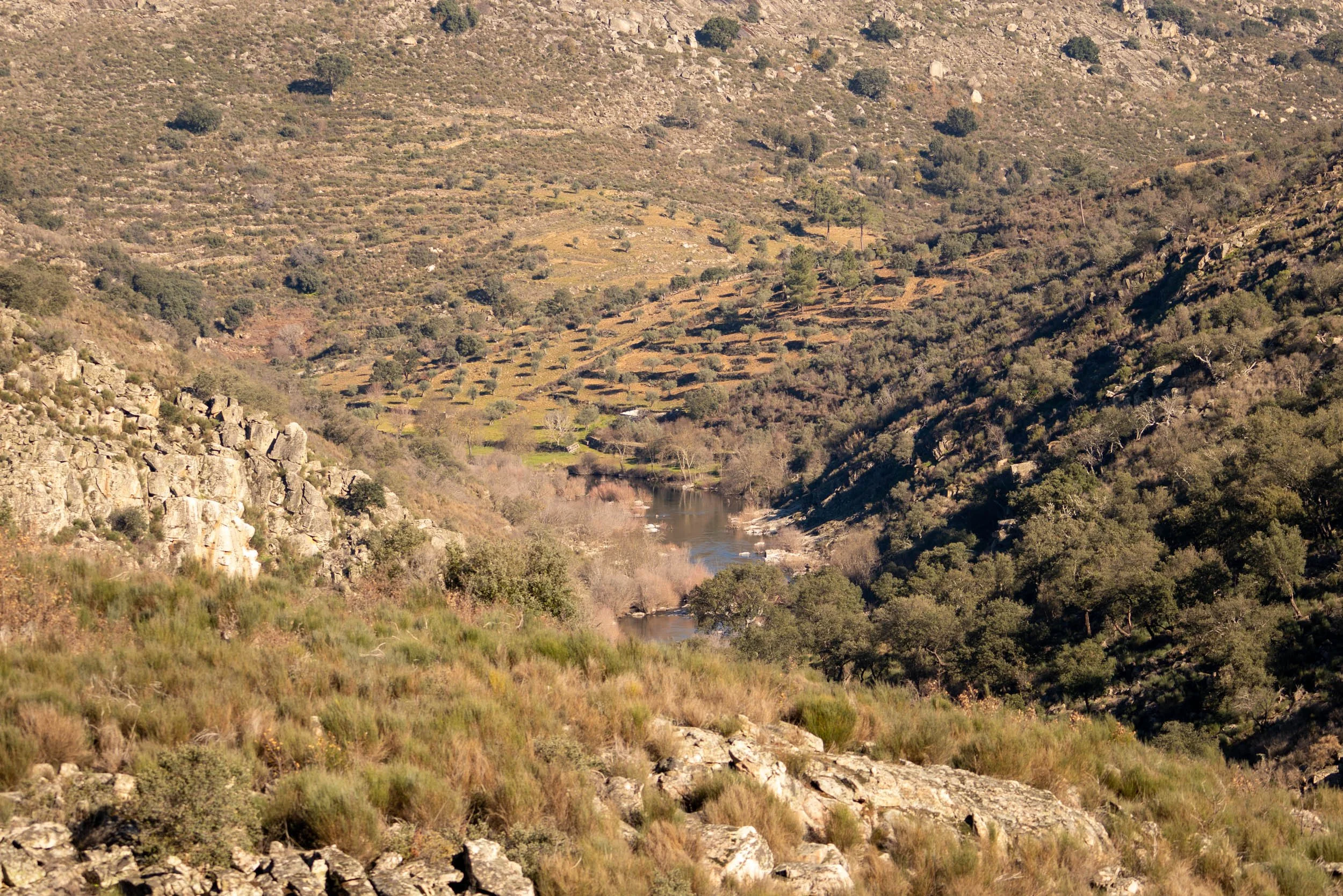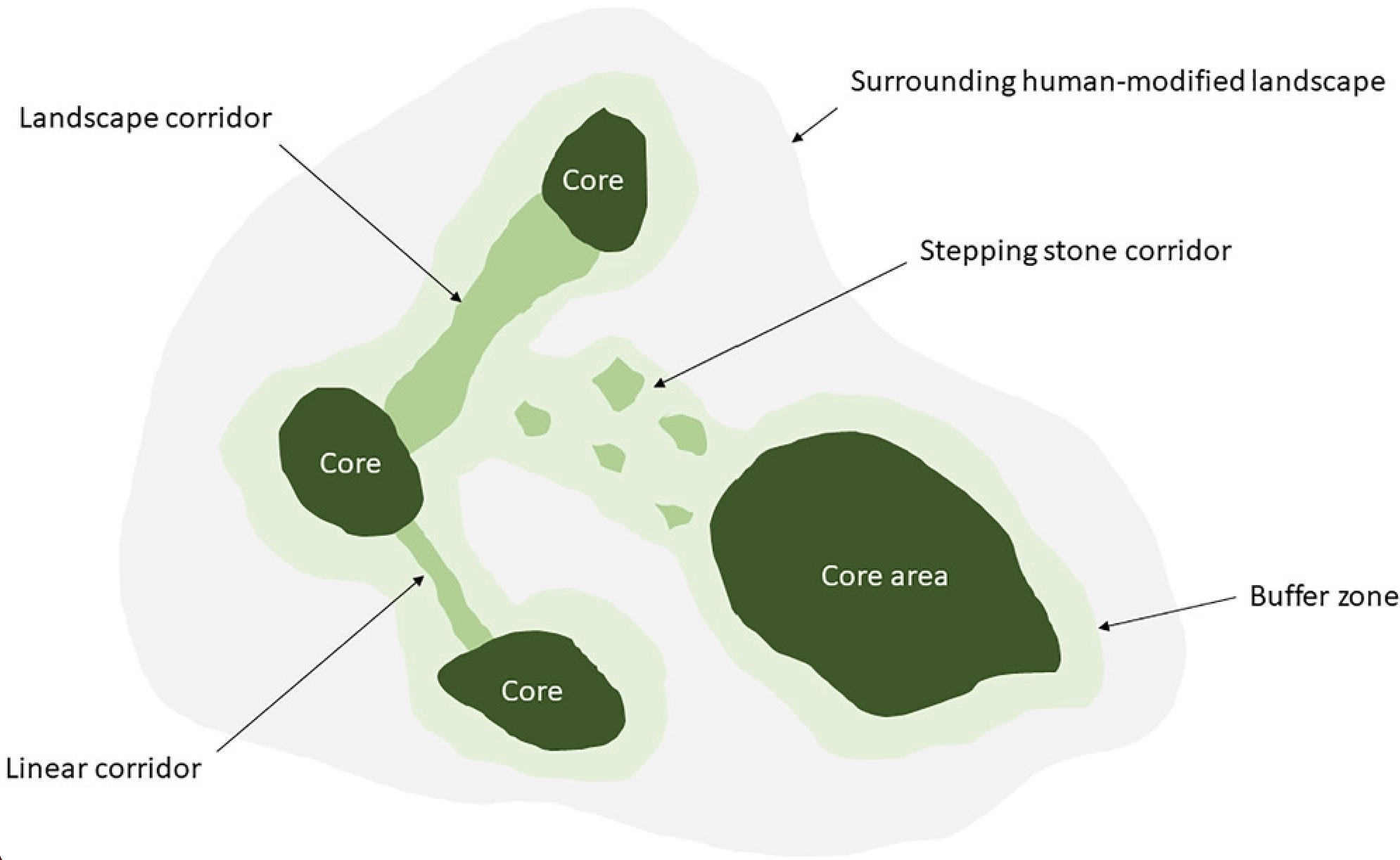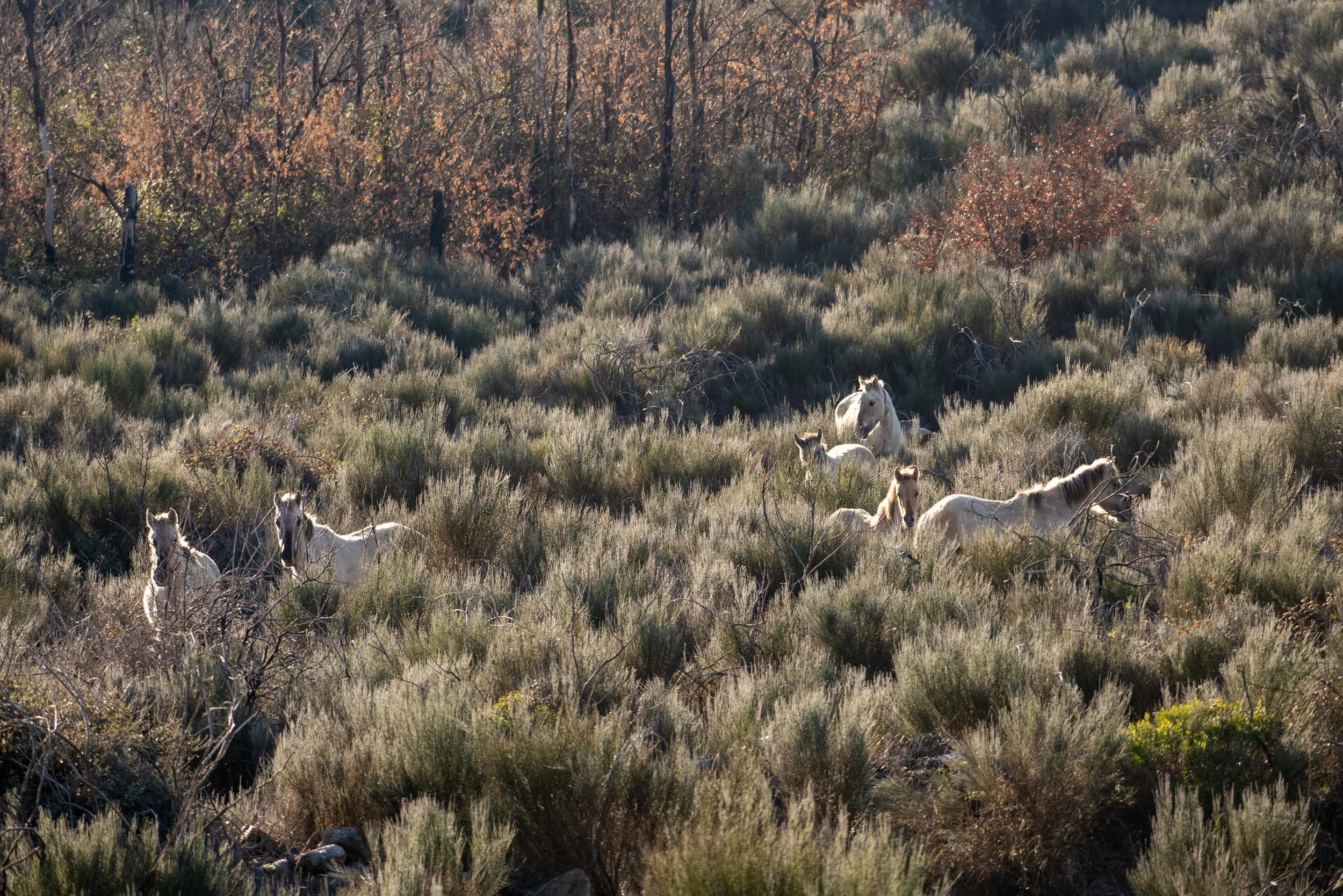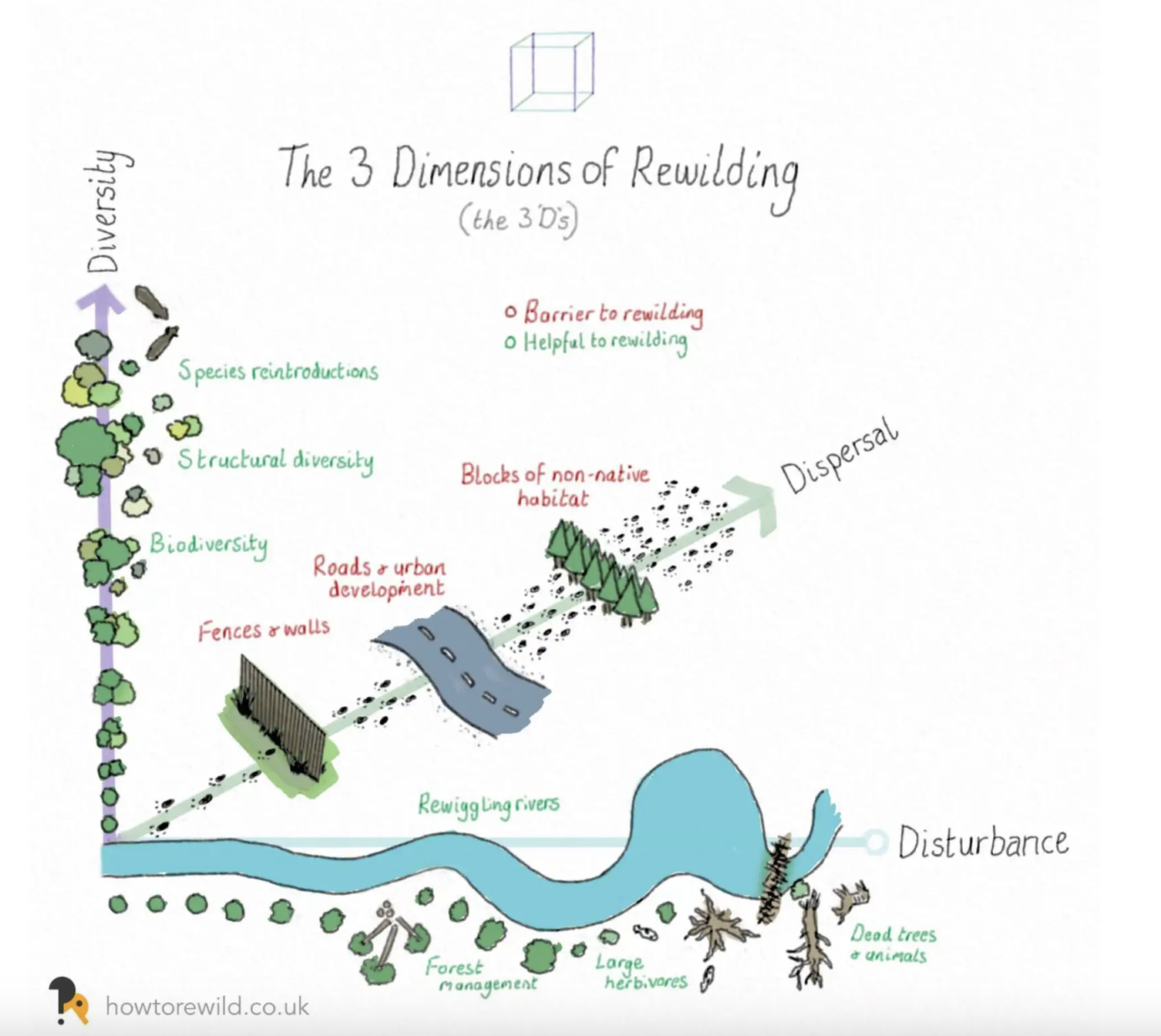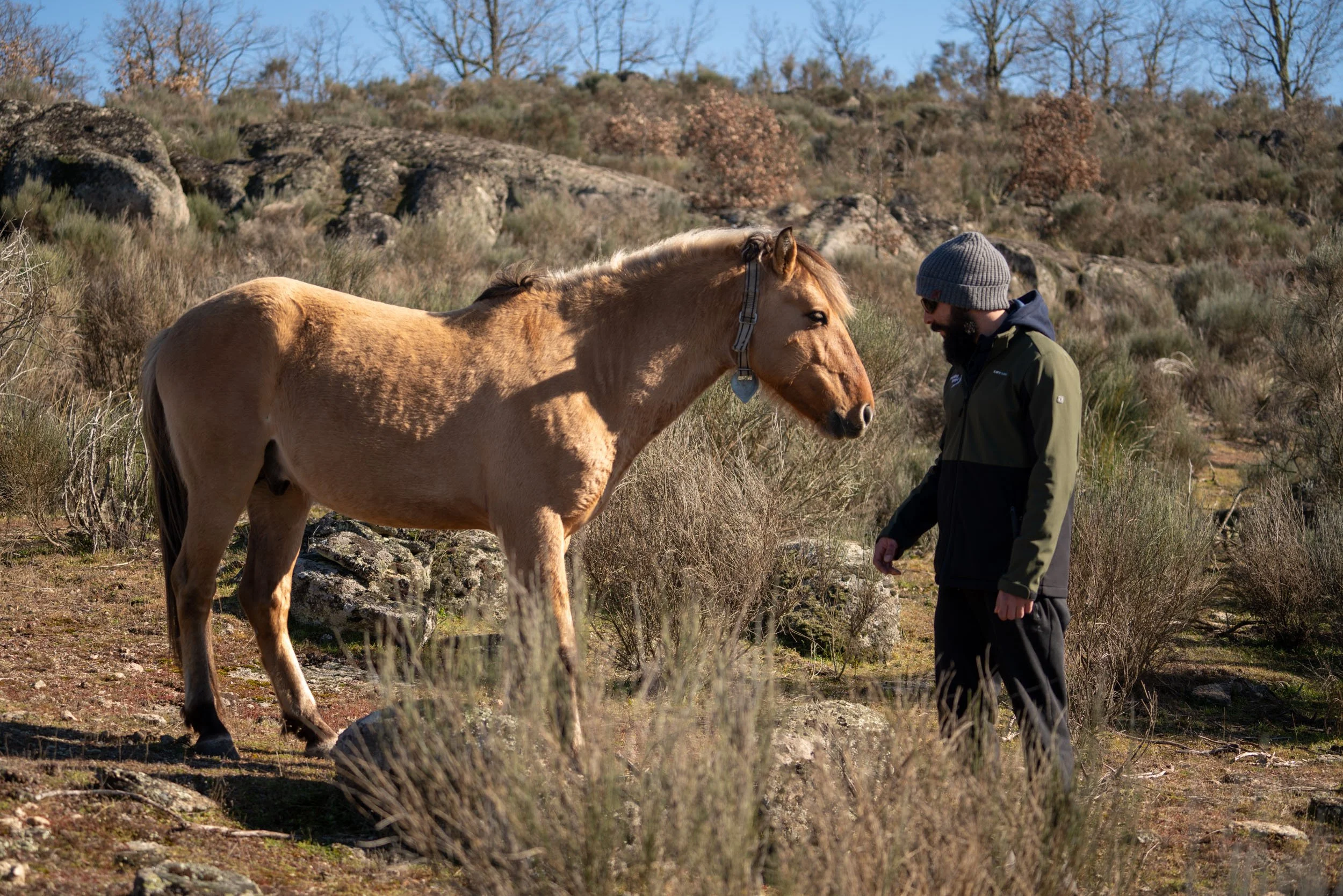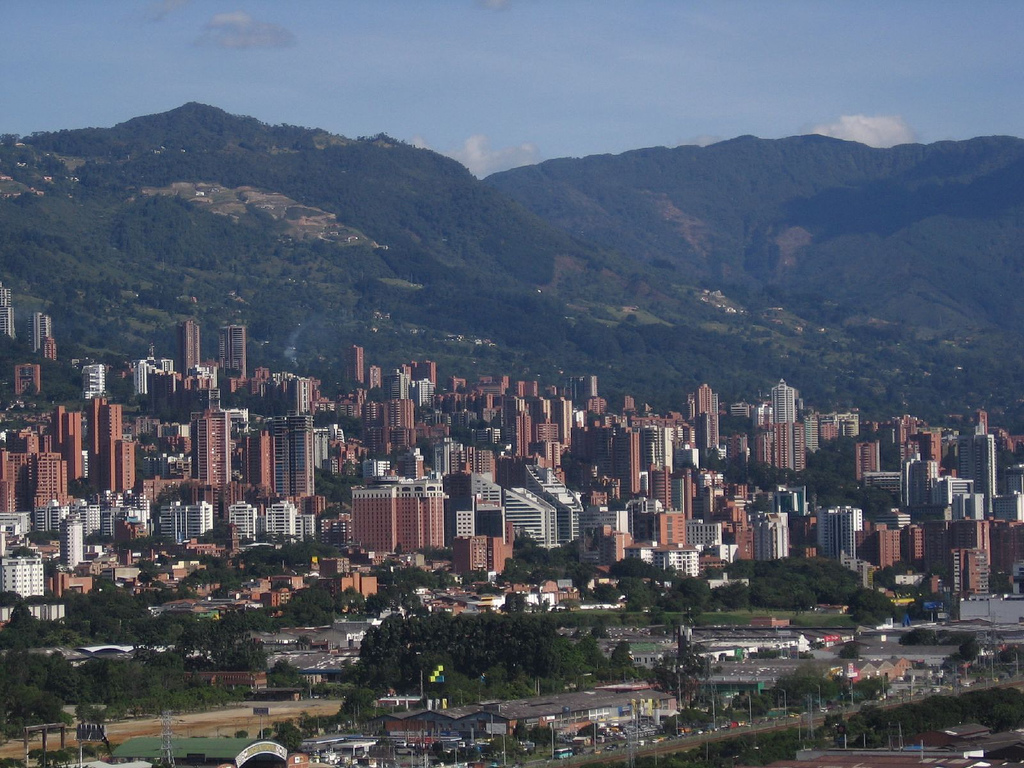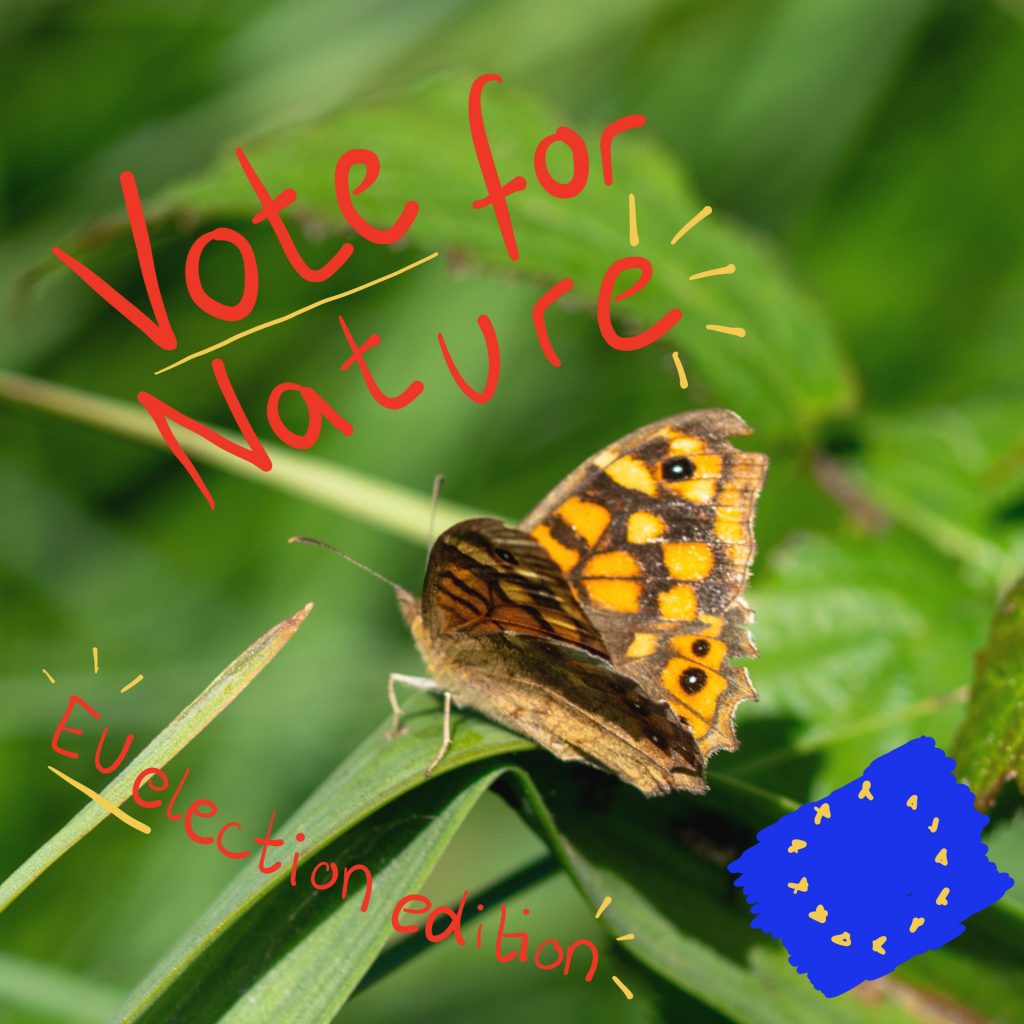At Sylvester we want to create more wilderness across Europe using the method of rewilding – but what exactly is rewilding and how does it work? Rewilding itself is hard to define as the approach leaves room for various strategies. We would still like to give you a basic definition of rewilding as it is helpful and necessary to implement and improve on the (new) wildlife areas we want to create and you to join.
So here’s our go at defining rewilding:
>
“Rewilding is a concept aiming to restore ecosystems and counteract biodiversity declines by giving large land areas back to wildlife and natural processes. Key in this approach are minimal invasive interventions to kickstart the rewilding process as well as the integration of humans and local communities. ”
History of rewilding
To fully understand the concept, how it developed and why it’s important, it is helpful to look at it’s history.
Rewilding was first implemented in the U.S. on large open landscapes with little human activity. From the first trials of rewilding a definition developed that holds three concepts as its core, the three C´s:
The Cores, Corridors, and Carnivores (3Cs) model of rewilding (adapted from Soulé & Noss, 1998)
Cores. Cores are large land areas with wild habitat under protection. The main rewilding activities take place there and human activity is very limited.
Corridors. Wildlife corridors are stretches with special restrictions and nature protection measures that connect the cores. Their main goal is to allow animals and plants to move between two or more core areas. These corridors create bridges through stretches of land where humans are more active or the vegetation is not native, both factors that can hinder animals from moving between habitats.
Carnivores. Introducing carnivore predators “kickstarting” the rewilding process to bring the ecosystem into a natural balance again.
While these main principles worked well in the U.S., implementing the three C´s in Europe faced some challenges. In Europe large unused natural spaces are rare. Connecting two cores usually means working around some human activity like villages, cities or agricultural sites. Also introducing carnivore predators is difficult when humans live close to sharing their living space, people might feel threatened, livestock etc.
Inspired by the rewilding efforts in the US, european nature conservationists started to implement the approach in Europe as well. But they could not simply copy the American strategy, it had to be adjusted to European conditions.
Wild Sorraia horses in the Greater Côa Valley.
European rewilding
While the aim of European rewilding is still to create large natural spaces for wild ecosystems, European rewilding has put humans at its center of the intervention. This has mainly to do with Europe’s dense population but is also beneficial to create an awareness and acceptance for nature and its needs. Also the three C´s from the American rewilding approach have been adjusted. One of the most famous papers on rewilding in Europe is by Perino et al (2019). Their strategies and findings are widely used in European rewilding. But their paper lacks a catchy explanation like the three C´s. When researching the topic we came across an amazing resource for rewilding, the blog “How to rewild” by Chris D’Agorne. He explains European rewilding with the three D’s.
Diversity, Dispersal, Disturbance.
Diversity.
Ecosystems are tightly interwoven, large and complex systems. If one of the links of the network drops out of the system for example if a species gets lost it will affect the whole ecosystem, this is called a trophic cascade.
For example, the disappearance of the wolf from the European landscape due to extensive hunting through humans caused the deer population to grow. The increased population of deer led to over extensive grazing, reducing the vegetation that was crucial to many other species, and in turn leading to the extinction of other species.
When rewilding an ecosystem, species that got lost are reintroduced to restore other links in the ecosystem. Importantly only species that existed in an ecosystem before are reintroduced. Sometimes a certain species cannot be reintroduced because it does not exist anymore or the closeness of the rewilding area to humans makes the reintroduction more difficult – especially with carnivores like bears or wolves. In those cases the species is sometimes substituted by its livestock relative.
Structural diversity is another important aspect. It refers to varieties in topography of the rewilding land (variation in land altitude) and variety in height and density of the vegetation.
Dispersal
Dispersals are the European equivalent to corridors. They connect different landscapes and habitats with each other. Dispersals can improve the resilience of an ecosystem in many ways. When the animals move they carry seeds of plants with them in their fur or code which is then randomly spread over the new habitat. Movement between habitats like that also improves genetic diversity in a habitat and facilitates genetic mutations which can help species to adapt to their fast changing environment.
Various things can stop animals from moving between habitats. Some of the more obvious are fences, roads or human infrastructures. But also large patches of non-native vegetation can hinder animals from crossing over to another habitat. Rewilders can improve the conditions for moving by removing fences where possible, creating overpasses on roads and by removing non-native vegetation.
Disturbance
…is exactly what it sounds like it is. It refers to naturally occurring events in an ecosystem that drastically change the living conditions for animals and vegetation, like floodings. Traditional nature conservation tried to avoid these events as they can change the composition of an ecosystem dramatically and “destroy” the ecosystem that conservationists tried to preserve. These extreme events however are often normal in ecosystems and help the system to grow and adapt to changing conditions. Rewilders therefore try to accept and support these drastic changes in rewilding ecosystems. One very recent example of how disturbance can help rewilding is the flooding of a forest by the rewilding organization Mossy Earth. In their approach to rewild the area of the Danube river they flooded a large area around it creating lots of different water areas that are used by species as nursing and feeding grounds.
People in rewilding
European Rewilding has put people at the center of their approach, a rewilded land should serve both people and nature. In the end, to be protected over time, local communities have to profit from it. Of course rewilded land has huge environmental profits that also protect humans from environmental events like climate change, but rewilded land can offer more to humans and can make Rewilding even more attractive. It can for example offer economic, spiritual, cultural, aesthetic or recreational value. The options on how to harness these values of a land are endless and best decided specifically for the rewilded land and the community around.
Now that you have a better understanding of what rewilding is and are hopefully hooked on the idea, stay tuned for the second part of our rewilding blog post that will give you an overview of the main principles we use for rewilding.

